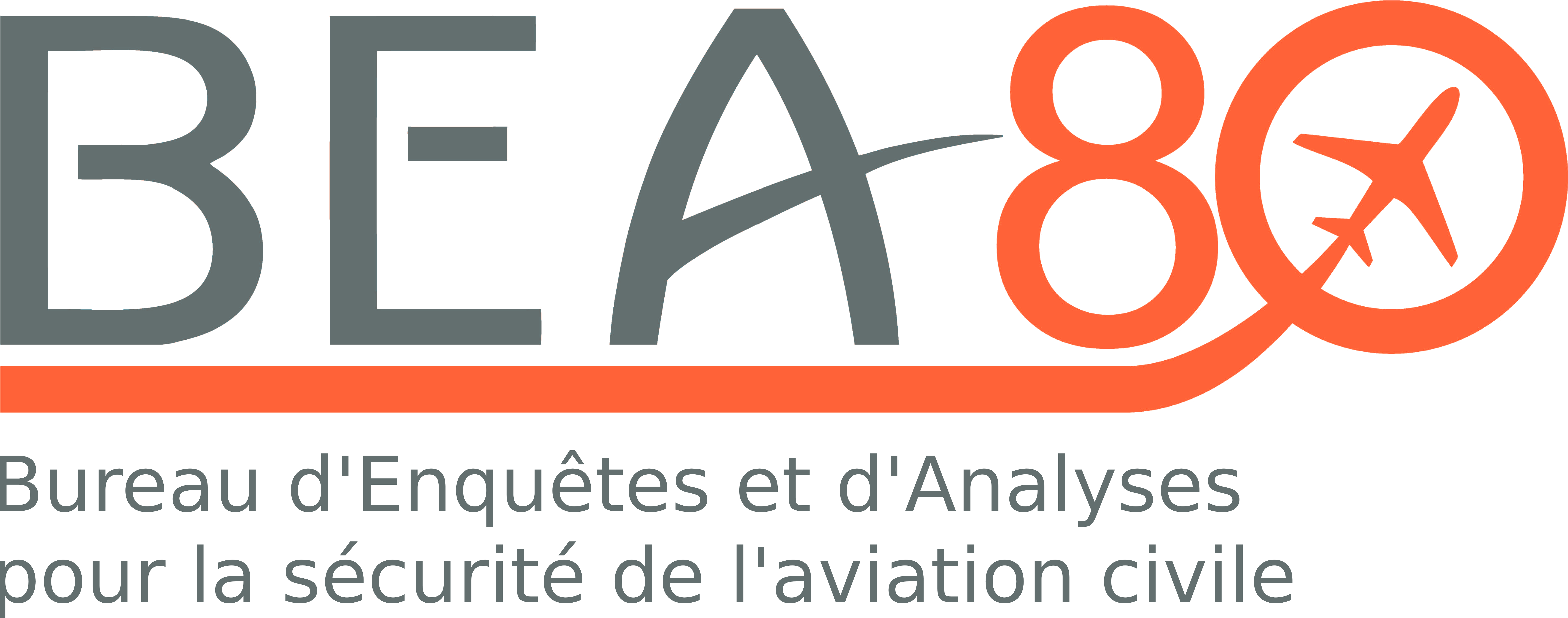Serious incident to the Boeing - 737 - 800 registered 7T-VKR operated by Air Algerie on 14/11/2019 at Lyon Saint-Exupéry airport (Rhône)
Incursion de véhicules de déneigement autorisés à pénétrer sur la piste, interruption du roulement au décollage d’un avion
Cat. 1 investigation report: ICAO-format report, published after a major or complex investigation.
On 14 November 2019, there was a substantial snowfall in the Lyon region. The snow episode, early in the season and underestimated by all the aerodrome actors due to a lack of knowledge about the isothermal phenomenon, was taken into account fairly late.
At 22:30, the snow was still being cleared, LVP conditions were current and both runways were open. The GND controller cleared the snowploughs to enter the inner runway to clear snow to join a taxiway and the runway. The snowploughs were kept on the GND frequency. At the same time, on the TWR frequency, the LOC controller cleared the crew of an Air Algérie flight to line up and take off from the same runway.
The LOC controller, who was monitoring the ground radar screen and outside environment, identified the entry (cleared by the GND controller) of the lead vehicle of the snowploughs into the runway safety area. The crew of the Air Algérie flight immediately reacted to his request to reject the take-off run.
The runway incursion was linked to an erroneous clearance to enter the runway as a result of a coordination failure between the GND and LOC controllers, and to keeping the vehicles cleared to enter the runway on the GND frequency.
The following factors contributed to the conflictual clearance and to the use of an inappropriate frequency:
- A high workload in an unusual context where the roles were sometimes poorly delimited.
- The reopening of the inner runway although the snow clearance of the taxiways and the junctions with the runway required the snow-clearance vehicles to enter the runway.
- Practices without a clear framework regarding the use of frequencies for the vehicles during temporary runway closures.
- A stop bar configuration incompatible with the snow-clearance paths taken by the vehicles.
The runway incursion, while it can be considered a failure in itself, is above all else symptomatic of the confusion and disorganization generated by the management of the episode of snow. The following factors may have contributed to this situation:
- A Snow Plan whose definition was too formal and in part, disconnected with operational realities.
- Inaccurate measurements of the runway surface condition resulting in a high workload and difficulties in the snow-clearance strategy to be implemented.
- Rules for regulating and suspending operations which were difficult to apply by the persons directly involved in traffic management and snow clearance.
The BEA has issued four safety recommendations concerning:
- Air operation regulation and suspension decisions in case of an episode of snow.
- Coordination of snow clearance operations.
